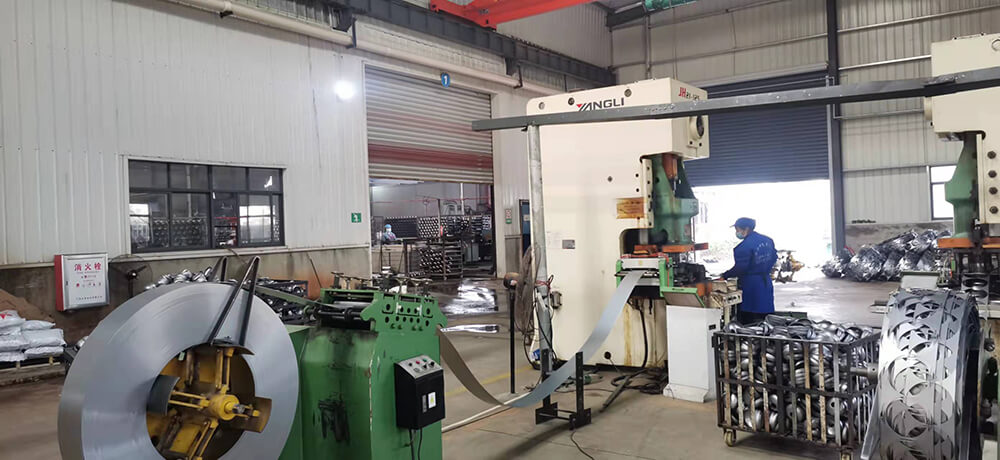Abstract: Fire extinguisher welding machines, a vital component in industrial settings, play a critical role in joining metal components through the process of welding. This article provides an in-depth exploration of the operation and mechanism of fire extinguisher welding machines. It covers the fundamental principles, components, and processes involved, offering a comprehensive understanding of their functioning.
1. Introduction: Fire extinguisher welding machines are essential tools used for various welding processes in industries. They enable the fusion of metal components through controlled heat and provide a means of joining materials with precision and strength. This article delves into the intricate workings of these machines, explaining their mechanisms and operational procedures.

2. Basic Principles: Fire extinguisher welding machines operate based on the principles of electric arc welding. Electric arc welding involves creating an electric arc between the welding electrode and the workpiece, generating intense heat that melts the metal. The molten metal solidifies to form a strong joint when it cools down. The fire extinguisher aspect of these machines comes into play by ensuring safety measures are in place to prevent fire hazards during the welding process.
3. Components: Fire extinguisher welding machines consist of several crucial components:
- Power Source: The power source supplies the necessary electrical energy to generate the electric arc. Common power sources include AC (alternating current) and DC (direct current) systems.
- Welding Electrode: The welding electrode, often made of a consumable metal, serves as the filler material. It provides additional molten metal to the joint to create a strong bond.
- Clamp or Holder: The clamp or holder secures the workpiece and the welding electrode in place during the welding process.
- Transformer or Inverter: These components regulate and transform the input power into a suitable welding current. Inverters are preferred for their efficiency and portability.
- Control Panel: The control panel allows operators to adjust parameters such as current, voltage, and welding mode. It also houses safety features to prevent overheating and fire hazards.
- Cooling System: Intense welding generates heat that can damage the machine. A cooling system, often involving fans or liquid cooling, maintains optimal operating temperatures.
4. Operational Process: The operational process of a fire extinguisher welding machine involves several steps:
- Preparation: The workpiece is cleaned and positioned, and the appropriate welding electrode is selected.
- Setting Parameters: The operator adjusts parameters on the control panel, such as current, voltage, and electrode polarity, based on the welding requirements and material type.
- Striking the Arc: The electrode is brought into contact with the workpiece and then quickly pulled back to establish the electric arc. The arc generates intense heat that melts the workpiece and the electrode.
- Welding: As the metal melts, the operator guides the welding electrode along the joint, depositing molten metal and forming the weld bead.
- Cooling: After completing the weld, the joint is allowed to cool and solidify, forming a strong bond.

5. Safety Measures: Given the inherent fire risk in welding processes, fire extinguisher welding machines are equipped with safety features. These include:
- Overheating Protection: The machine automatically shuts down or reduces power output if temperatures become excessive.
- Emergency Stop: An emergency stop button allows instant cessation of the welding process in critical situations.
- Fire Suppression System: Some machines are equipped with fire suppression systems that release fire-extinguishing agents if sparks or flames are detected.
6. Conclusion: Fire extinguisher welding machines are indispensable tools in modern industrial settings, enabling precise and robust metal joining processes. Understanding the underlying principles, components, and operational processes of these machines is essential for ensuring both effective welding outcomes and workplace safety.